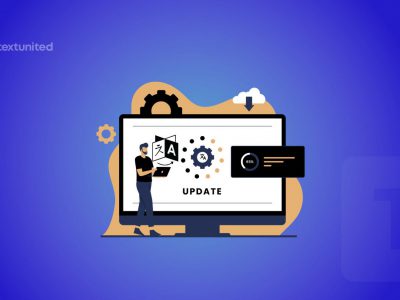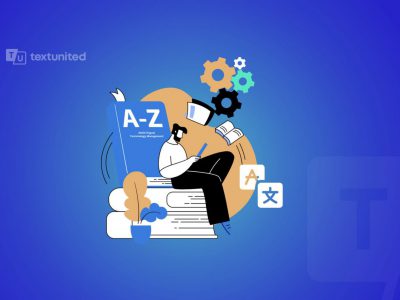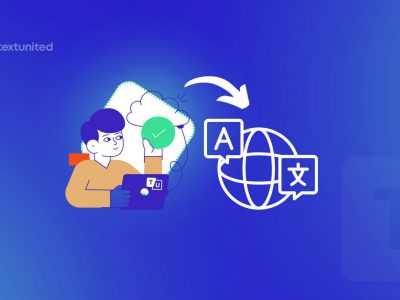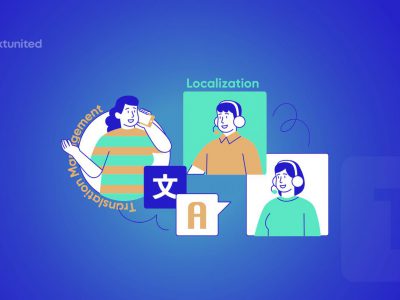Trying to handle translations across various departments or working to keep your team on the same page — if you're an experienced localization manager, you know how it goes. The task of making sure that specialized terms stay consistent as…


When you have fast, frequent, or continuous product updates and you're trying your best to keep your localization efforts in sync, it can be very difficult for your product team. The downside is that you may end up with outdated…

When considering the translation of your content—such as websites, marketing materials, and product descriptions—into multiple languages, it may seem straightforward at first. However, you quickly encounter the challenge that each language has its own unique words and phrases. This problem…

Is your goal to make your tech products available internationally? One major way of achieving this is through language accessibility. This means adapting your products so they can be used and understood by speakers of different languages. If you're part…

Translating PO files can seem confusing, especially if you're not familiar with how they work. What makes these files so important for software translation? They help your software communicate with users in different languages. If you're unsure where to start,…

Is your business struggling to implement a successful localization strategy for managing translations? Managing translations can sometimes feel really complicated, right? If you're a business user without much experience in this area, it might seem like there's too much going…

Do you find yourself juggling emails, spreadsheets, and messages just to get your translation projects moving? Collaborative translation might be what you need. If this sounds familiar, you're certainly not alone. You might find yourself struggling to keep everyone aligned,…

Looking for translations that are both fast and accurate? Post-editing of automated translation, often referred to as machine translation post editing is here to help! Automated translation systems use engines, translation memory, and terminology enforcement. Even when these systems work…

Is translating JSON files complex for you? Are you unsure of the best and fastest way to translate JSON? Do you lack the right translation tools, especially if you're a developer working on an international app or a content manager…